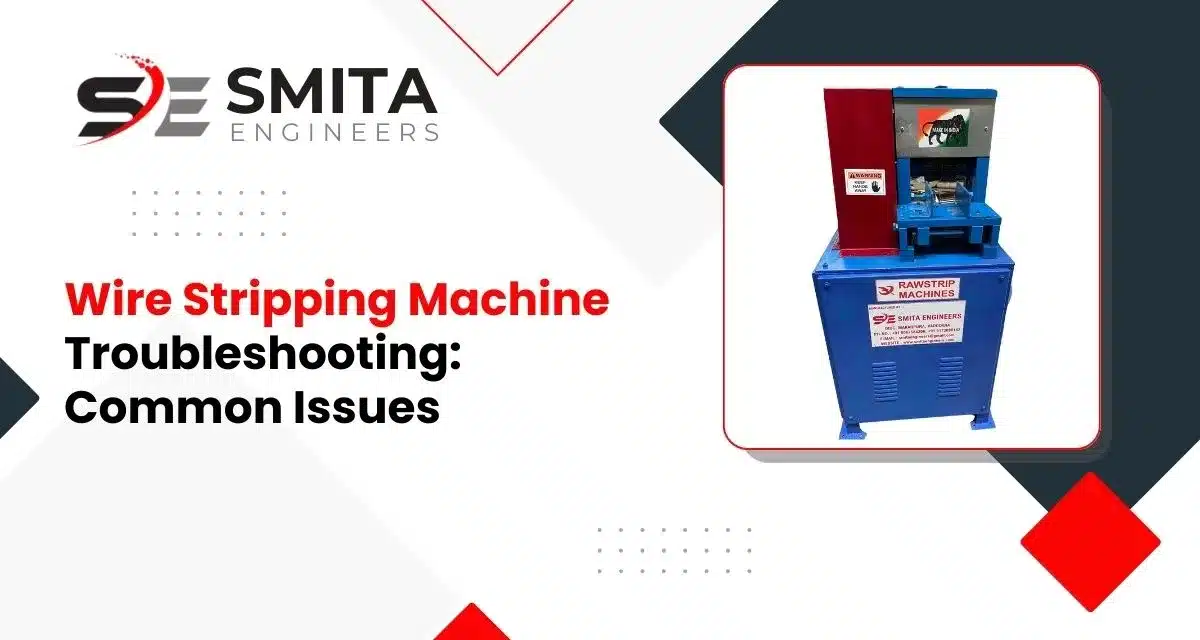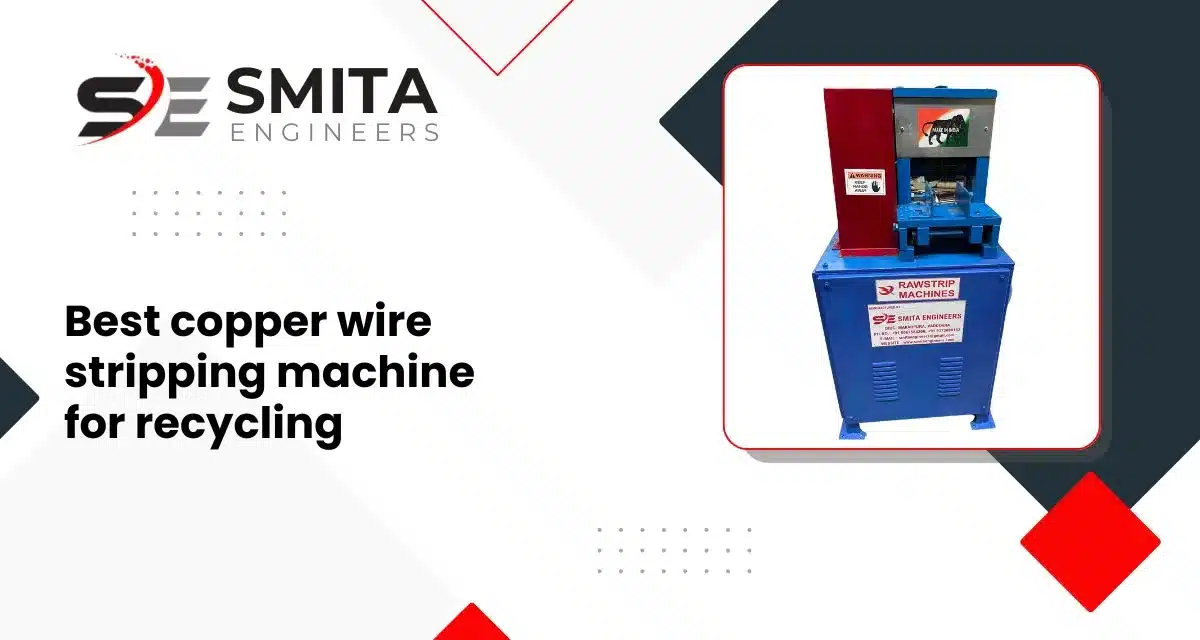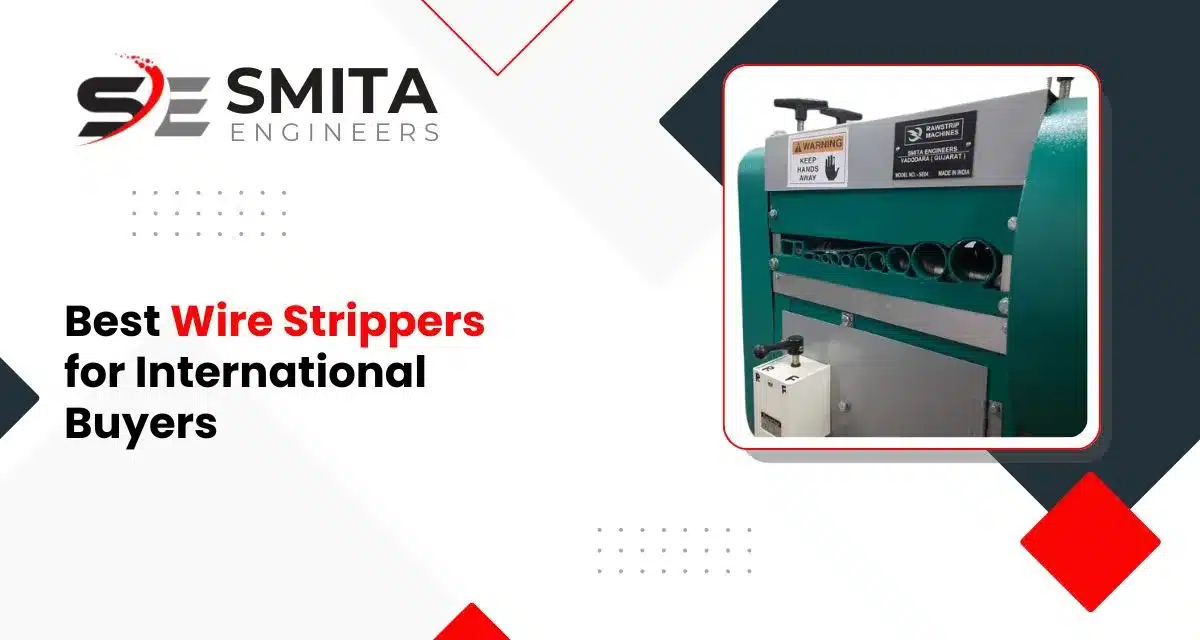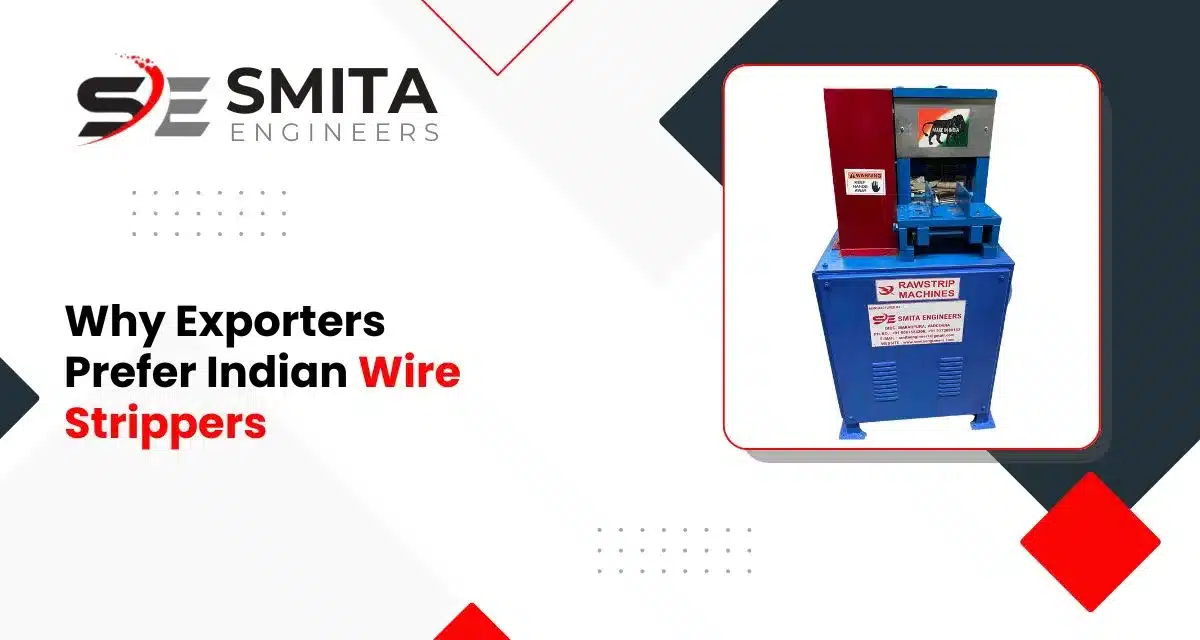Copper wire recycling is a growing industry, and having the right wire stripping machine can…

Wire stripping machines are essential tools for electrical and manufacturing industries, enabling precise stripping of insulation from wires. However, like any other equipment, these machines can encounter operational issues that affect productivity. In this guide, we will explore common wire stripping machine troubleshooting tips, covering frequent problems, their causes, and effective solutions.
1. Machine Not Powering On
If your wire stripping machine fails to turn on, it could be due to electrical or hardware-related issues. Identifying the root cause is crucial to restoring its functionality.
Possible Causes
- Power supply issues
- Faulty wiring or loose connections
- Blown fuse or tripped circuit breaker
Solution
- Ensure the machine is properly plugged in and the power source is functional.
- Check wiring connections and tighten any loose components.
- Replace blown fuses and reset the circuit breaker if necessary.
2. Inconsistent Wire Stripping
Inconsistent stripping can lead to poor-quality output and material waste. This issue often stems from mechanical or calibration errors within the machine.
Possible Causes
- Dull or misaligned blades
- Incorrect wire gauge settings
- Accumulated debris or dirt in the stripping mechanism
Solution
- Sharpen or replace stripping blades as required.
- Adjust the machine settings to match the wire gauge.
- Regularly clean the machine to remove debris and dust.
Experiencing issues with your machine? Upgrade to a new, high-performance wire stripping machine for better efficiency. Purchase now!
3. Wire Insulation Not Fully Removed
If the insulation is not completely removed, the machine may not be applying the right amount of force or using the correct stripping mode.
Possible Causes
- Improper blade pressure
- Use of incorrect stripping mode
- Damaged insulation material
Solution
- Adjust the blade pressure to ensure clean insulation removal.
- Choose the appropriate stripping mode for the wire type.
- Inspect the wire and replace if insulation is excessively damaged.
4. Wire Getting Stuck in the Machine
Wire getting stuck can cause delays and machine wear. This problem usually arises from roller misalignment or excessive friction in the feeding system.
Possible Causes
- Excessive friction in the feeding system
- Incorrect feed roller settings
- Worn-out rollers
Solution
- Lubricate moving parts to reduce friction.
- Adjust feed roller pressure to accommodate wire thickness.
- Replace worn-out rollers for smoother wire feeding.
5. Machine Producing Uneven Cuts
Uneven cuts can affect the quality and efficiency of wire stripping. Misaligned blades and machine calibration issues are common culprits.
Possible Causes
- Misaligned blades
- Worn-out cutting components
- Improper machine calibration
Solution
- Align and secure the stripping blades.
- Replace cutting tools that show signs of wear.
- Recalibrate the machine as per manufacturer instructions.
6. Overheating During Operation
Overheating can damage the machine and lead to downtime. Proper cooling and operation management are key to preventing this issue.
Possible Causes
- Continuous high-speed operation
- Poor ventilation or clogged air filters
- Overloaded motor
Solution
- Allow the machine to cool down between operations.
- Clean or replace air filters to improve ventilation.
- Avoid overloading the motor by working within recommended limits.
7. Motor Not Functioning Properly
A malfunctioning motor can bring operations to a halt. Electrical faults, worn-out parts, or a defective control board may be responsible.
Possible Causes
- Electrical faults or loose connections
- Motor wear and tear
- Defective control board
Solution
- Inspect and repair electrical connections.
- Replace a faulty motor if necessary.
- Check the control board and replace any malfunctioning components.
Preventive Maintenance Tips for Wire Stripping Machines
Regular maintenance can prevent most of these issues from occurring, ensuring smooth and efficient operations. To ensure efficient performance and longevity of your wire stripping machine, follow these maintenance tips:
- Regularly clean the machine to prevent debris buildup.
- Inspect and sharpen blades periodically.
- Lubricate moving parts to reduce friction and wear.
- Check electrical components for signs of damage or loose connections.
- Follow manufacturer guidelines for calibration and troubleshooting.
Frequently Asked Questions
Why is my wire stripping machine not turning on?
Ensure its properly plugged in, check for loose connections, and inspect the fuse or circuit breaker.
How do I fix inconsistent wire stripping?
Sharpen or replace the blades, adjust wire gauge settings, and clean debris from the machine.
What should I do if the wire insulation is not fully removed?
Adjust blade pressure, select the correct stripping mode, and check for damaged insulation.
Why is my wire getting stuck in the machine?
Lubricate moving parts, adjust feed roller pressure, and replace worn-out rollers.
How can I prevent uneven cuts in wire stripping?
Align the stripping blades properly, replace worn cutting components, and recalibrate the machine.
What causes a wire stripping machine to overheat?
Continuous operation, poor ventilation, or an overloaded motor may cause overheating—ensure proper cooling and maintenance.
Why is my motor not functioning properly?
Check for electrical faults, inspect motor wear, and replace defective control board components if needed.
Conclusion
Efficient troubleshooting of wire stripping machines helps maintain productivity and reduces downtime. By addressing common issues like inconsistent stripping, motor failures, and overheating, you can extend the lifespan of your equipment. If problems persist, consulting a professional or referring to the manufacturer’s manual is recommended.




